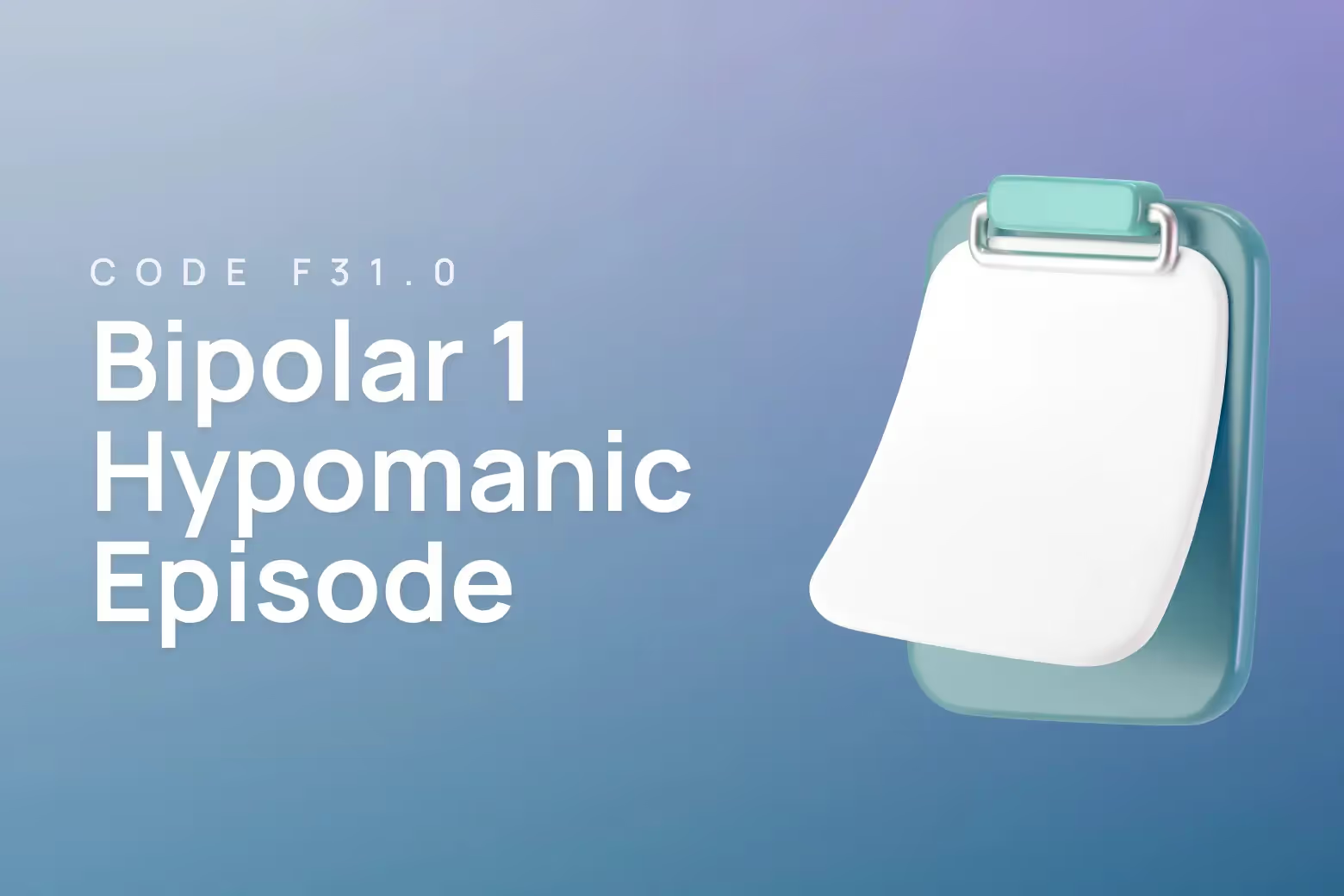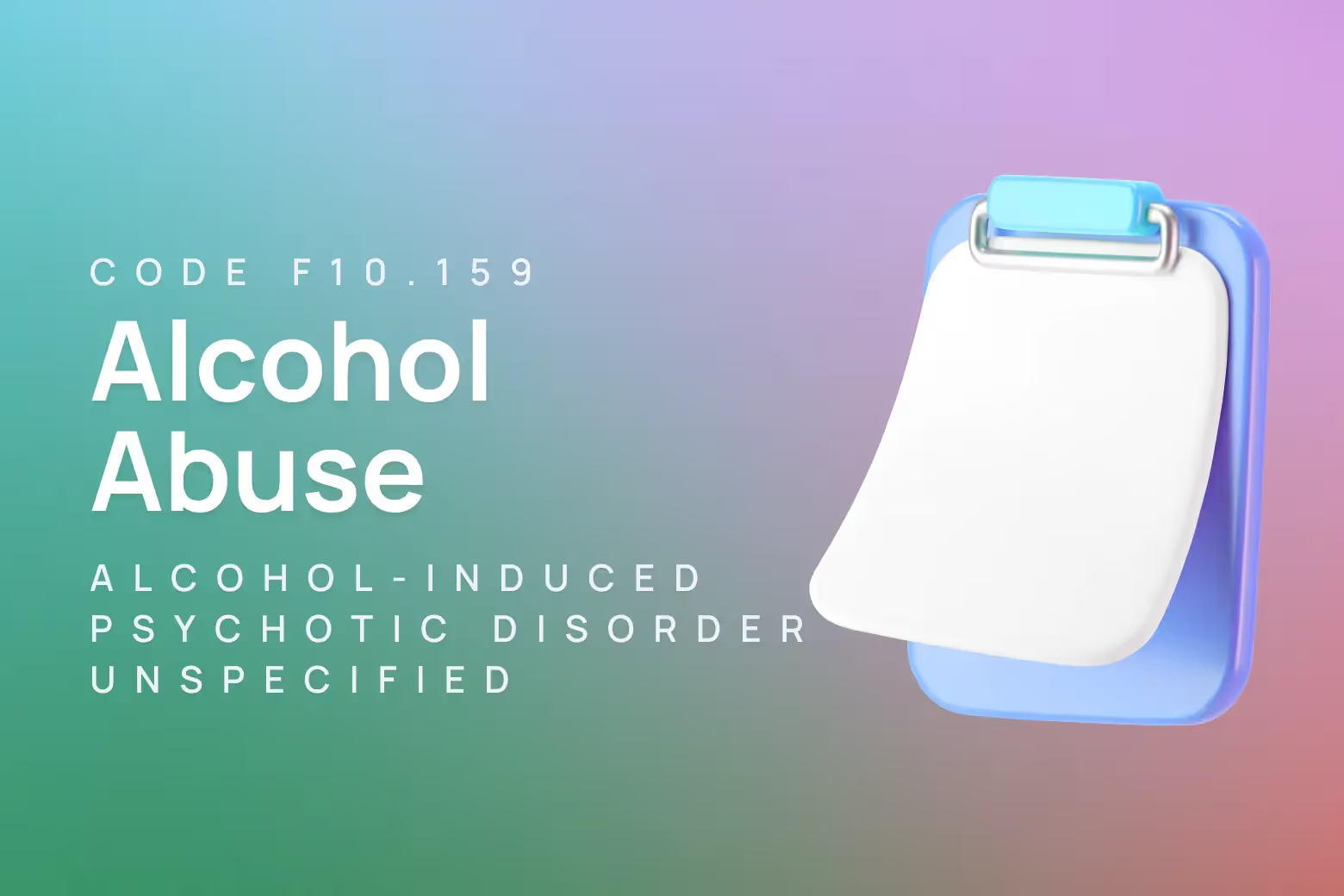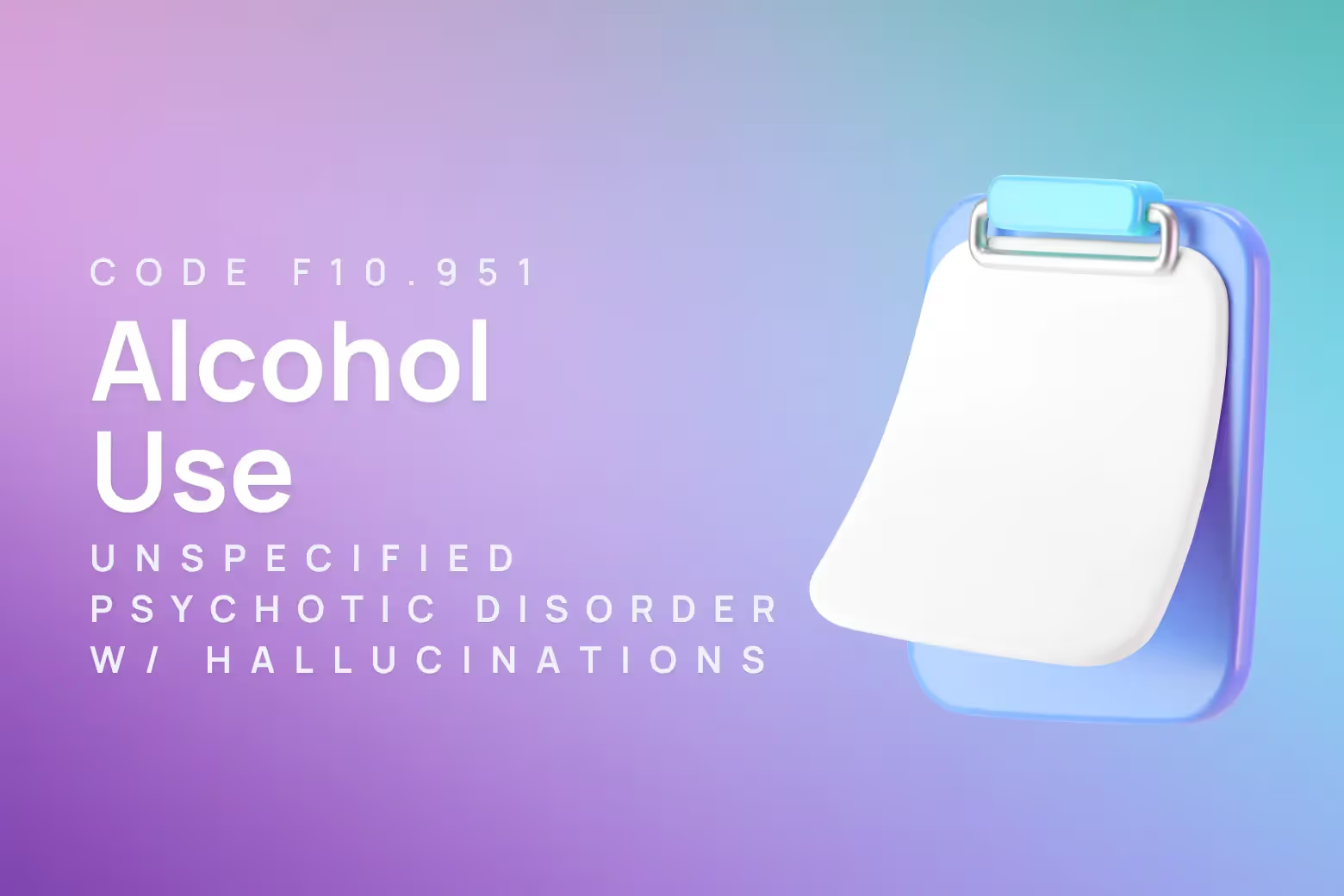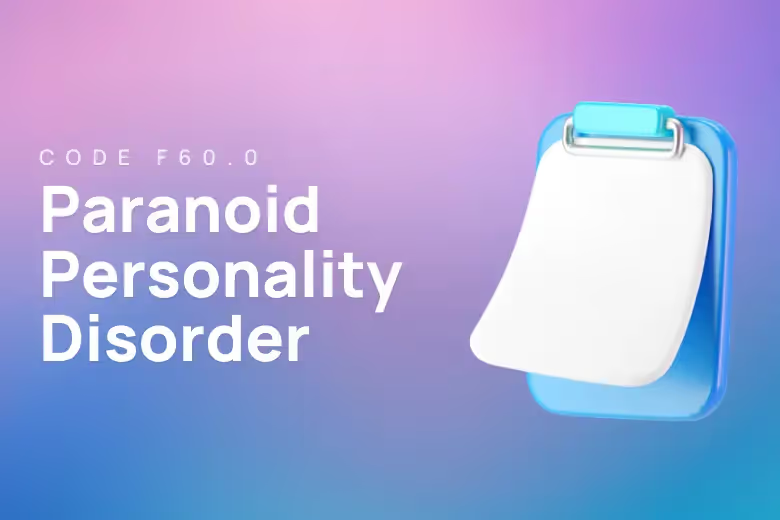ICD-10 code for bipolar disorder, current episode hypomanic

The elevated mood feels like a superpower at first. Energy surges through every conversation, every project, every plan that suddenly seems not just possible but inevitable. Sleep becomes optional, thoughts race with brilliant clarity, and confidence radiates from every interaction. Yet beneath this seemingly positive shift lies a complex mood state that, while less severe than full mania, still represents a significant departure from baseline functioning. For individuals experiencing hypomanic episodes within bipolar disorder, effective treatment and understanding offer genuine pathways to stability and wellbeing.
The ICD-10 code for bipolar disorder, current episode hypomanic is F31.0. This code represents bipolar disorder where the person is currently experiencing a hypomanic episode without psychotic features.
Accurate diagnosis and documentation remain essential components of providing quality care for clients navigating bipolar disorder. Proper coding ensures appropriate treatment planning, supports insurance coverage, and creates a foundation for tracking therapeutic progress over time.
Diagnostic criteria for bipolar disorder (F31.0)
A hypomanic episode requires a distinct period of abnormally and persistently elevated, expansive, or irritable mood lasting at least four consecutive days, present most of the day nearly every day. During this mood disturbance, at least three symptoms must be present to a significant degree if mood is elevated or expansive, or four symptoms if mood is only irritable. These symptoms include inflated self-esteem or grandiosity, decreased need for sleep, increased talkativeness, flight of ideas or racing thoughts, distractibility, increased goal-directed activity or psychomotor agitation, and excessive involvement in activities with high potential for painful consequences. The episode must represent an unequivocal change in functioning observable by others, but unlike manic episodes, hypomanic episodes do not cause marked impairment in social or occupational functioning and do not require hospitalization.
Differential diagnoses of F31.0
Clinicians use F31.0 when documenting bipolar disorder during a current hypomanic episode that does not meet criteria for a full manic episode and lacks psychotic features. The critical distinction lies in functional impairment levels and episode severity. Careful attention to related diagnoses ensures compliance and appropriate treatment planning.

However, F31.0 must be distinguished from manic episodes with psychotic features, which would require different coding. Additionally, hypomanic symptoms emerging solely during antidepressant treatment require careful evaluation to determine if they constitute a true bipolar episode. Major depressive episodes with mixed features and cyclothymic disorder represent other important differential considerations that affect diagnostic accuracy.
Hypomanic mood state
Hypomanic episodes represent a middle ground between normal mood and full mania. While elevated mood and increased energy characterize this state, the intensity remains manageable compared to manic episodes. Individuals often maintain some insight and judgment during hypomanic episodes, unlike the severe impairment seen in mania.
The mood elevation in hypomania typically feels productive and positive initially. Unlike the overwhelming nature of manic episodes, hypomanic mood can appear as enhanced creativity, sociability, and goal-directed behavior. This contrasts sharply with depressed episodes, where mood remains persistently low with anhedonia and hopelessness.
Mixed episodes present yet another distinct pattern, combining hypomanic symptoms with depressive features simultaneously. During mixed states, individuals might experience elevated mood alongside feelings of worthlessness or suicidal ideation, creating a particularly complex clinical presentation requiring careful assessment.
Mild severity classification
F31.0 specifically represents hypomanic episodes without severe functional impairment. By definition, hypomanic episodes cannot reach severe levels of impairment, as this would classify them as manic episodes instead. Hypomanic episodes that meet minimum symptom criteria while maintaining relatively preserved functioning fall into this category.
Moderate severity in bipolar disorder typically involves more significant functional disruption than seen in F31.0. While hypomanic episodes may cause some interpersonal or occupational challenges, they lack the marked impairment that defines moderate to severe episodes. The individual usually maintains their ability to work and maintain relationships, though others notice the behavioral changes.
Severe episodes require almost continual supervision to prevent harm, a level of impairment incompatible with hypomanic episodes. This severity level applies to manic episodes with substantial functional compromise or episodes requiring hospitalization for safety concerns.
Absence of psychotic features
F31.0 specifically excludes hypomanic episodes with psychotic features, as psychotic symptoms by definition elevate the episode to manic status. Hypomanic episodes remain characterized by preserved reality testing and absence of delusions or hallucinations. The distinction becomes crucial for accurate coding and treatment planning.
When psychotic features emerge during mood episodes, clinicians must consider whether the episode meets criteria for mania rather than hypomania. Mood-congruent delusions may appear in manic episodes, including grandiose delusions of power or wealth, but these symptoms contraindicate the use of F31.0.
Supporting clients with bipolar disorder
Clinicians serve as essential guides in helping clients recognize hypomanic patterns, develop coping strategies, and maintain stability between episodes. Through careful assessment and ongoing monitoring, mental health professionals can help individuals with bipolar disorder achieve sustained recovery.
Effective treatment planning requires clinicians to maintain precise documentation that captures the nuanced presentation of hypomanic episodes. This documentation supports appropriate medication management, psychotherapy interventions, and crisis prevention strategies. Modern healthcare demands both clinical excellence and administrative efficiency, creating challenges for providers who must balance thorough documentation with meaningful client care.
Upheal is an AI-powered clinical documentation platform that helps behavioral healthcare providers create accurate, compliant notes while reducing administrative burden, allowing clinicians to focus more deeply on supporting their clients' therapeutic journey.












